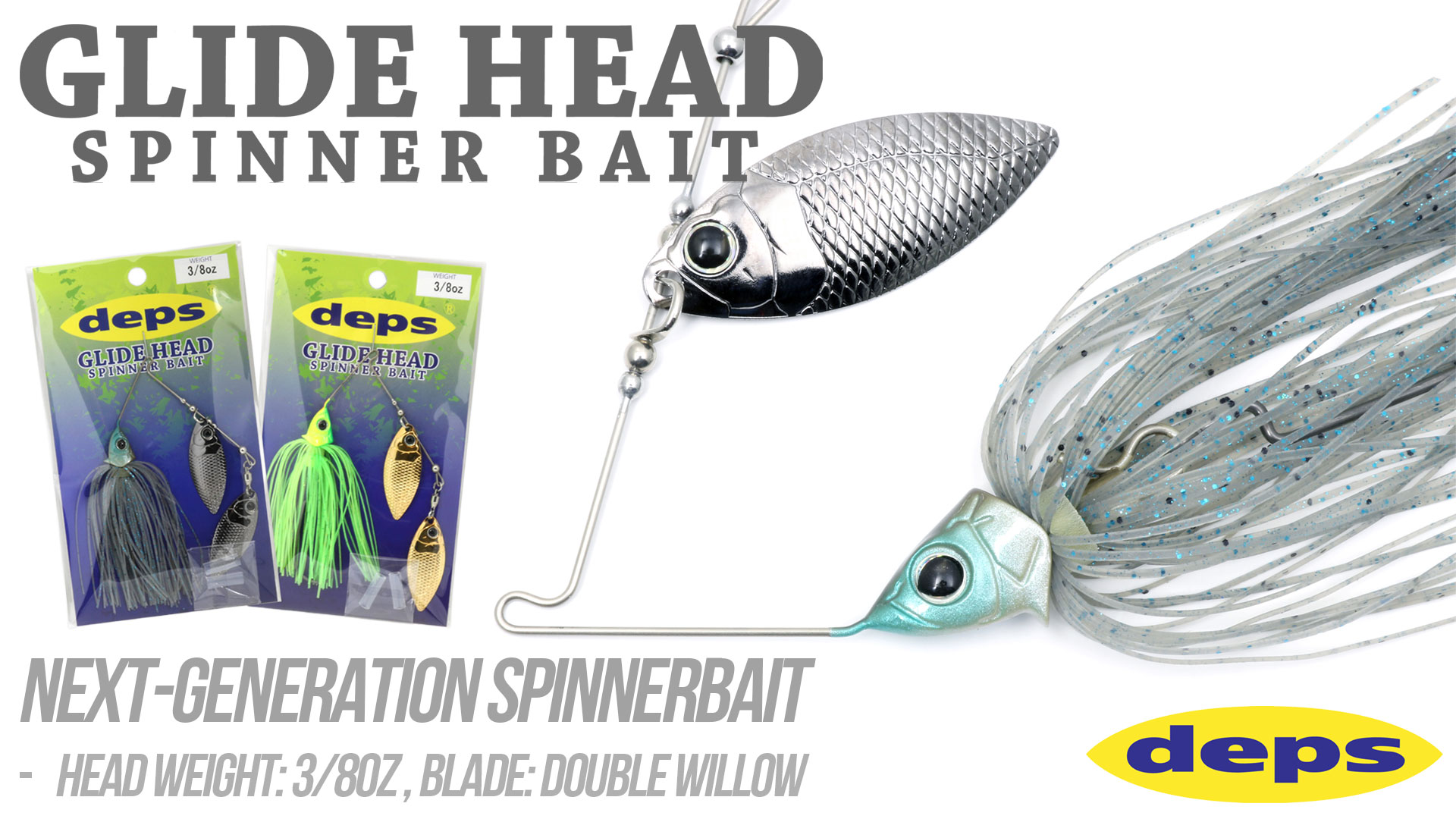As bass start to leave their deep water summertime haunts on lakes around the country, their trek to shallower fall feeding spots is a gradual one. They want to keep their secure access to deep water, but they’re pulled in the opposite direction by their conflicting biological imperative to fatten up.
For Kurt Dove, an Elite Series pro and veteran Lake Amistad guide, one of the best ways to intercept these transitioning fish is to target bluff banks with crankbaits like the Ima Pinjack, Beast Hunter and Square Bill. It’s a move that he starts when he begins to pick up shad on his electronics moving away from the bottom and suspending.



“The days are getting shorter and one of the first places they congregate is around deep bluffs,” he explained. “They want to be around that deep water but they also want to suspend.”
When the baitfish are tight to the wall, he’ll put his boat right up against it and cast parallel. Often, though, they’re relating to the structure but out a slight distance from it, in which case he’ll get near the vertical rock and make a cast at no more than a 45 degree angle.
“You want to keep the lure around the bait,” he said. In order to do that, he’ll pay attention to the wind direction before deciding where to start his search. He wants to position his boat downwind and work against it. “That enables you to have better boat control and make accurate casts. Also, if you’re going with the wind you’ll go past the fish so fast that you’ll have to spend more time repositioning the boat than actually fishing. This is a situation where if you get one bite, you’ll usually get multiple bites, so you want to maximize your control.” While he always aims to head into the wind if possible, he keys in on bluff ends and areas where the type or size of rock transitions as likely holding spots and devotes extra time to them.”
Early in the transition period, when fish are in deeper water (e.g., 15 to 20 feet), he’ll start with an Optimum BLT swimbait, which he can count down to the desired depth. It provides a big profile for fish that may be competing with other species low in the water column for an easy meal.

As the fish move shallower, he tends to prefer a smaller profiled bait that moves more quickly: “As they rise, they get more active, so a faster-moving lure like the Beast Hunter becomes my go-to,” Dove explained. “Once those baitfish are in the 6 to 15 foot range, it’s more of a reaction strike, and that lure hits the perfect depth zone. Then, when they move into the 4 to 8 foot range I’ll switch to the Pinjack.”





